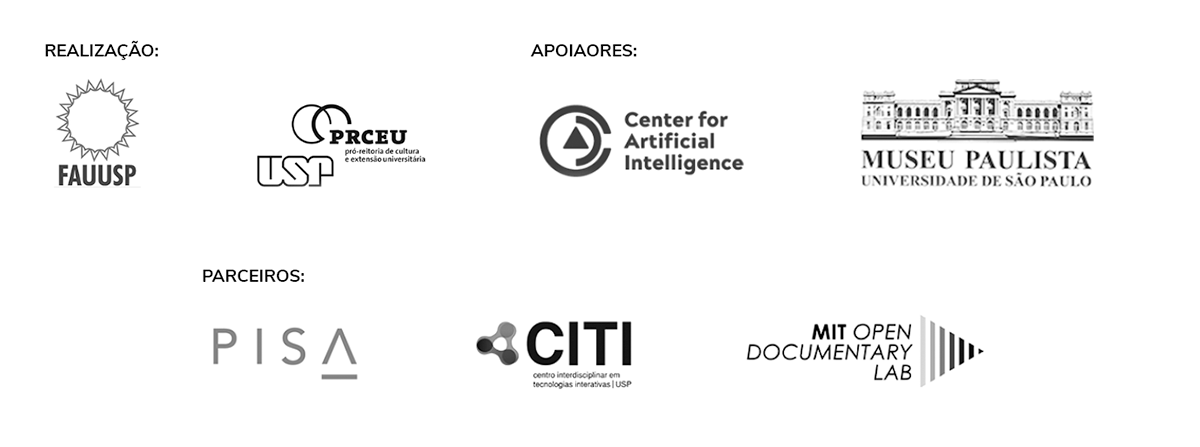The Lebanese Patriarch
Marina Brandão.
Located in Praça do Patriarca, the monument to José Bonifácio was commissioned for the celebration of the 150th anniversary of the Independence of Brazil in São Paulo, in 1972. The commemorations, held at the height of the country’s military dictatorship, were marked by nation-wide events. Among them, the return of the remains of D. Pedro I to be buried in the Monument to Independence – with the exception of his heart, which remained in Portugal.
The monument was sculpted by Alfredo Cheschiatti (1918-1989), in five months, commissioned by the Lebanese community in honor of the Sesquicentennial of Brazil. Its cost was around 300,000 cruzeiros at the time, which was collectively financed by the community. With the figure of Bonifácio in bronze, ‘with a classic posture and modern style’, the monument has a magnificent pedestal of polished green granite, a rare stone from Ubatuba, which marks the commemorative date in its inscriptions in bas-relief: ‘To Brazil / The Lebanese community and its descendants.’
As noted in a story for the Estado de São Paulo newspaper, on September 5, 1972, the speech involving the donation highlighted the idea of a ‘brotherhood’ between the two nations and their peoples, bringing Brazil and Lebanon closer together. More than honoring the figure of José Bonifácio, the installation of the monument in the city, which included figures such as Paulo Maluf on the installation commission, became a symbol of wealth and power in the Lebanese community in São Paulo. Years after its inauguration, and still symbolizing the relationship between the two nations, the monument was a meeting point for this group on the International Lebanese Protest Day in August 1981.
The Praça do Patriarca, named after José Bonifácio, only received a monument in his honor in the 1970s. Until then, the tribute remained only in the name of the square. This project, from 1906, was completed in 1926 with the demolition of entire blocks on Direito and São Bento streets, in a modernization of the city, which aimed to improve its traffic flow and pedestrian traffic. The square, which has always been an important point for public transport in the city, once had a garage for trams and a bus stop, which occupied most of its central area, where the metal roof designed by Paulo Mendes da Rocha stands today. As shown in photos from the 1970s and 1980s, the monument was located in the central median strip of the square.
Since the renovation of Praça do Patriarca, completed in the early 2000s under the Procentro program, the monument has been moved to the corner of the square, almost at the intersection between São Bento and Direita streets, identified as a meeting point and a location where demonstrations were held. Facing the same direction as it originally did, the fact that José Bonifácio has his back turned toward the ‘postcard’ of Vale do Anhangabaú is noteworthy. So where is the Patriarch looking? Coincidence or not, José Bonifácio gazes out towards the southeast: towards Ipiranga, the landmark of Brazil’s independence.
References
- Cidade de São Paulo. Decreto Nº 33.389 de 14 de Julho de 1993.
- Enciclopédia Itaú Cultural de Arte e Cultura Brasileira. Alfredo Ceschiatti. Itaú Cultural, 2021.
- Jornal O Estado de São Paulo. Lugares: Praça do Patriarca. Acervo Estadão, 2012.
- Jornal O Estado de São Paulo. O Dia do Protesto dos libaneses. Acervo Estadão, 1 de agosto de 1981.
- Jornal O Estado de São Paulo. O Patriarca na sua praça. Acervo Estadão. 5 de setembro de 1972.
- Adjovanes Thadeu Silva de Almeida. O Regime Militar Em Festa: A Comemoração Do Sesquicentenário Da Independência Brasileira (1972). Tese de doutorado. Programa de Pósgraduação em História Social, Instituto de Filosofia e Ciências Sociais, da Universidade Federal do Rio de Janeiro, 2009.
- Jordana Alca Barbosa Zola. Praça do Patriarca. A permanência dos espaços públicos centrais na cidade de São Paulo. Dissertação de mestrado. Faculdade de Arquitetura e Urbanismo. Universidade de São Paulo. 2007
- Adamo Bazani. História: Praça do Patriarca e a independência pelos transportes. Diário do Transporte, 2016.
- Alexandre Carvalho. Praça do Patriarca surgiu em 26. Jornal O Estado de São Paulo, 14 de junho de 1995.
- Douglas Nascimento. Monumento a José Bonifácio. São Paulo Antiga, 2015.
Photos

Estátua de José Bonifácio de Andrada e Silva, autoria de Alfredo Ceschiatti, situado na Praça do Patriarca no centro de São Paulo.Implantado em 1972. 
Estátua de José Bonifácio de Andrada e Silva, autoria de Alfredo Ceschiatti, situado na Praça do Patriarca no centro de São Paulo.Implantado em 1972.





